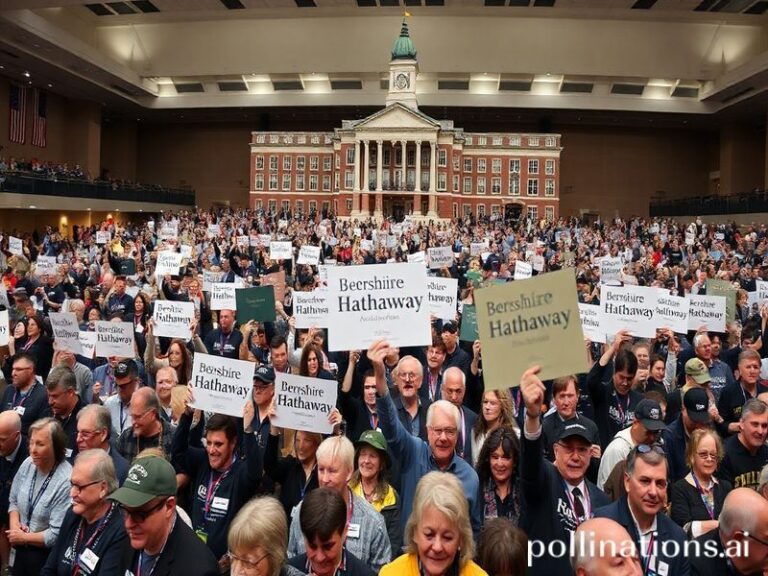All Aboard the Train Wreck: Why Train Derailments Are Trending Globally
# **All Aboard the Train Wreck: Why Train Derailments Are Trending Globally**
If you’ve been on the internet lately, you might have noticed a rather *off-the-rails* trend: train derailments. No, we’re not talking about your ex’s emotional baggage finally derailing their love life (though that’s a whole other article). We’re talking about literal, metal-on-metal, sparks-flying, “why-is-this-happening” train derailments. But why is this topic suddenly everywhere? Let’s dive in.
### **The Recent Spate of Derailments**
In the past few months, train derailments have made headlines worldwide, from the Ohio derailment that had everyone Googling “NORAD” to the Baltic Sea derailment that left us all questioning the stability of our transportation systems. These incidents have sparked a wave of memes, conspiracy theories, and even some *very* questionable TikTok trends.
But why now? Well, for starters, social media has turned us all into armchair investigators. The moment a train derails, the internet is there, cameras rolling, ready to dissect every angle. It’s like a real-life episode of *CSI: Tracks*, but with fewer lab coats and more speculation.
### **Cultural Context: The Internet’s Obsession with Chaos**
The internet loves chaos. It’s why we can’t look away from a slow-motion car crash or a viral video of someone slipping on a banana peel. Train derailments are no different. They’re dramatic, unpredictable, and often leave us with more questions than answers. Plus, they’re a great way to bond over shared confusion and memes.
Take, for example, the Ohio derailment. The moment it happened, the internet was abuzz with theories ranging from “terrorist attack” to “government cover-up.” Never mind that the most likely explanation was a simple mechanical failure—we were too busy crafting elaborate narratives to let facts get in the way.
### **Social Impact: The Ripple Effect**
Beyond the memes and conspiracy theories, train derailments have real-world consequences. They disrupt supply chains, cause environmental damage, and, most importantly, put lives at risk. The Ohio derailment, for instance, led to a massive cleanup effort and raised concerns about the safety of transporting hazardous materials by rail.
But here’s the thing: while the internet might be quick to joke about train derailments, the reality is far from funny. These incidents highlight the need for better infrastructure, stricter regulations, and more investment in safety measures. It’s a reminder that our modern world runs on a delicate balance of technology and human error, and sometimes, that balance tips over.
### **Why This Topic Matters**
So, why should you care about train derailments? Well, for one, they’re a microcosm of our times. They represent the intersection of technology, human error, and the unpredictable nature of life. Plus, they’re a great conversation starter at parties (assuming you can pivot from “train wreck” to “small talk” without raising eyebrows).
But more importantly, train derailments are a reminder that we live in a world where chaos is just a derailment away. They force us to confront the fragility of our systems and the need for resilience. And if that doesn’t make you think, well, maybe you need to take a step back and reassess your priorities.
### **Conclusion: Staying on Track**
In the end, train derailments are more than just a trending topic. They’re a reflection of our collective fascination with chaos, our need for answers, and our desire to make sense of the unpredictable. So, the next time you see a train derailment in the news, take a moment to appreciate the absurdity of it all. And maybe, just maybe, double-check your own life’s tracks to make sure you’re not heading for a derailment of your own.
—







